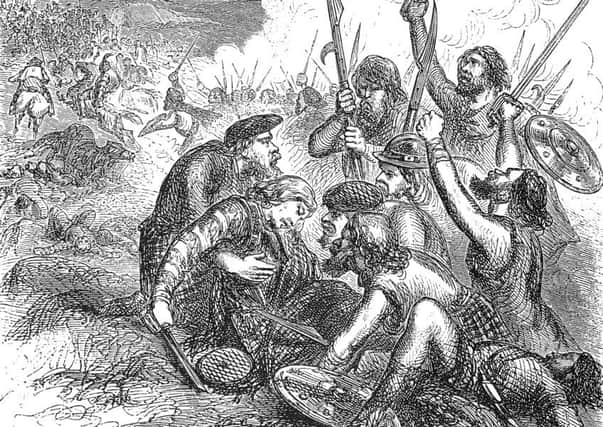Why a 330-year-old Scottish battle could still cause more deaths – leader comment


“An’ ye had been whaur I hae been,
Ye wadna been sae cantie-o;
An’ ye had seen what I hae seen
On the braes o’ Killiecrankie-o.”
The lyrics of the rousing song The Braes of Killiecrankie – based largely on a Robert Burns Burns’ poem written from the perspective of a government soldier who narrowly avoids death in the 1689 battle against a Jacobite force – make a case for anyone wishing to understand what happened to visit the site, just off the main A9 road.
The geography of the pass was crucial to the victory of the Jacobites who were significantly outnumbered, but deployed the famous ‘Highland charge’ to devastating effect.
Advertisement
Hide AdAdvertisement
Hide AdThree centuries later, a new battle is brewing over Transport Scotland’s plans to turn about 80 miles of this important trunk road into a dual carriageway as, at Killiecrankie, this would result in part of the battlefield being built on.
According to the 1745 Association, this would risk “irreparable and irreversible damage” to a historic site. Instead, the association suggests the road should remain single-carriage at the Pass of Killiecrankie with a lay-by to enable travellers “to pause and reflect on an important moment in Scottish history”.
However, one of the main aims of the dualling project is to reduce accidents on a road used by an average of 142,000 vehicles a day.
According to the A9 Safety Group’s website, more than 40 per cent of deaths on single carriageway sections of the A9 involve overtaking, a manoeuvre that is obviously much less dangerous on a dual carriageway. Faster journey times would also have a beneficial effect on economic growth.
Short of a compromise solution in which the road could be widened while avoiding the battlefield, the safety and economic arguments should outweigh the historic ones.
The present is always more important than the past, a fact lost on some who still celebrate a battle the following year in ways that perpetuate sectarian conflict to Scotland’s enduring shame.
With the advantage of hindsight, it’s hard to see what was achieved by the deaths of the thousands of people on that day in 1689.
And, surely, it would be entirely wrong if the number of casualties was to be effectively increased, all these years later, by the death of even a single motorist, killed while overtaking on a single-carriageway stretch of road preserved purely for the love of history.
